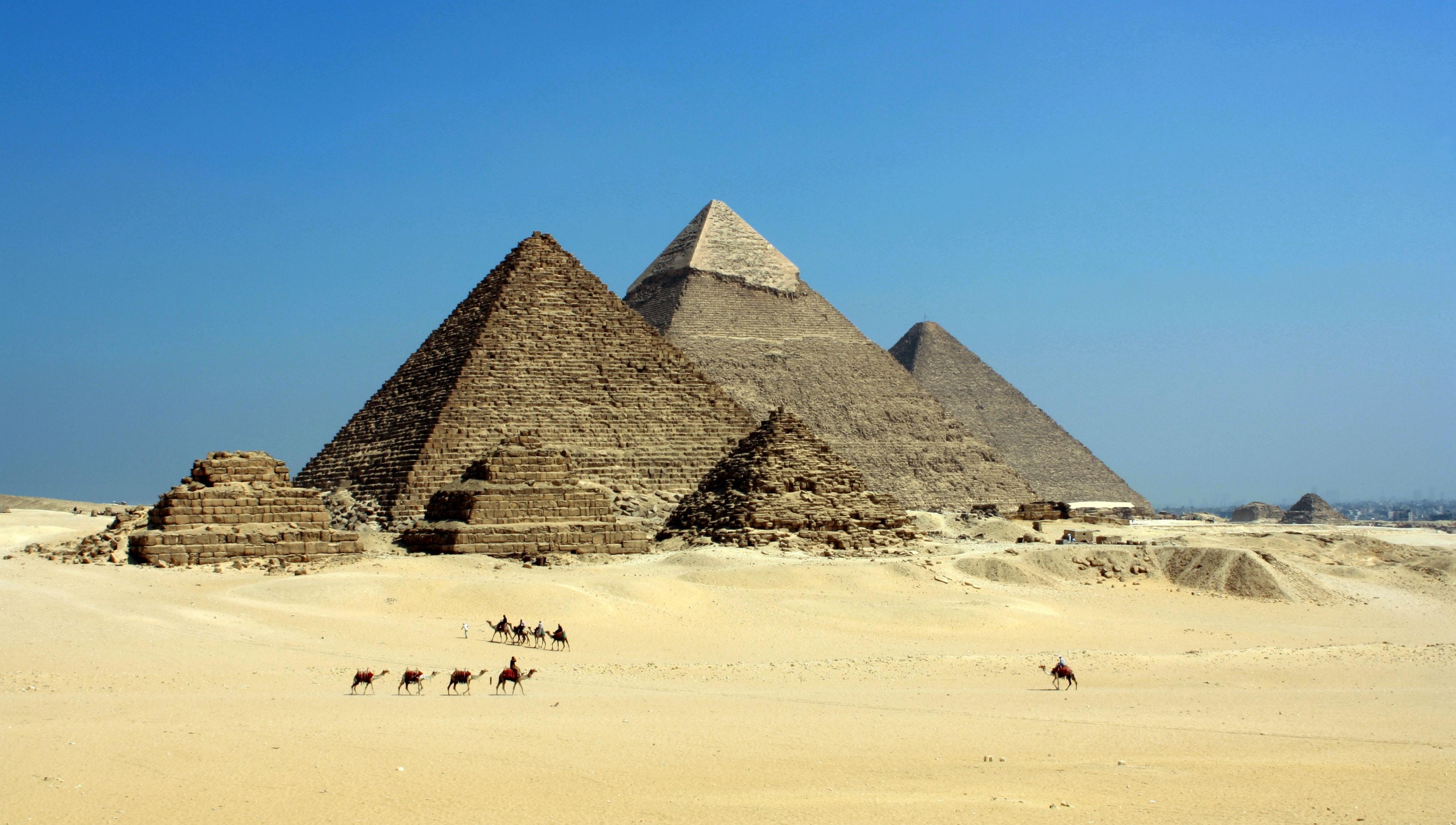Four of the Most Amazing Archeological Discoveries
Published August 29th 2022

https://www.pexels.com/photo/gray-pyramid-on-dessert-under-blue-sky-71241/
King Richard III In a Parking Lot
King of England from 1483-1485, Richard III is infamous for his supposed assassination of his two young nephews, whom he’d imprisoned in the Tower of London due to political incentives. In August 1485, Richard was slain at the Battle of Bosworth Field, during the War of the Roses. He was the last English king to die in battle. After his corpse was transported to the Midlands city of Leicester, a legend circulated that his bones were disposed-of into a nearby river.
However, historians and archeologists dissented this theory. In 2012, a skeleton was unbelievably unearthed in a parking lot in the Greyfriars area of Leicester. Through detailed DNA analysis, archeologists confirmed that the skeleton belonged to King Richard III. Invaluable as a resource, the skeleton has deepened historians’ understanding of Richard and Tudor people at-large - by providing clues about the food, health and physiology during that time-period.
Tutankhamen’s Tomb
Tutankhamen, whose reign spanned from 1332-1323 BC, is the most iconic of all the Egyptian pharaohs. Although there were countless other historically-significant ancient Egyptian rulers, what sets Tutankhamen apart is how he was only 19 when he died. He’s most famous for the astonishing rediscovery of his mind-blowing, palatial tomb.
From 1915 to 1922, London-born egyptologist Howard Carter toiled relentlessly to locate the site of the young pharaoh’s resting place. As his quest had so far proven fruitless, his sponsor permitted him only one final expedition before ceasing his funding. On November 4th 1922, in the Valley of the Kings, a water boy in Carter’s team tripped over a rock, revealing a staircase leading in to the ground.
It was here where Carter rediscovered the sarcophagus of Tutankhamen, containing his exceptionally-preserved mummified corpse. This was in conjunction with over 5,000 golden treasures: shabtis, canopic jars, a chariot; all of his personal effects to take with him to the afterlife. It is one of the largest and most important archeological discoveries in history. It took ten years to catalogue all the items. Today, you can view the pharaoh’s mummy and his riches in exhibits in Egypt, albeit in separate museums.
Pompeii
In AD 79, near modern-day Naples, Italy, the volcano Mount Vesuvius erupted. This resulted in a shower of ash that blanketed the entire population of a nearby Roman city called Pompeii. As the molten ash hardened around their skin like stone, the inhabitants were suspended in whatever pose they were in at the time for eternity.
The city was rediscovered in 1738. During the subsequent excavations, archeologists exhumed the shocking yet compelling statuesque people, alongside torcs, carved figurines, floor-illustrated mosaics and jewelry. Paradoxical to its volcanic destruction, Pompeii is one of the best-preserved Roman ruins in the world.
In modern years, in order to explore the city’s sophisticated sewage system (to gain a better understanding of the Roman diet), archeologists have been using a sewer camera. This allows them to explore minuscule, underfloor alcoves that they cannot reach in-person. Aside from its application in archeology, the use of a sewer camera is imperative to identify problems in your home’s sewage system that could cause you health issues.
The Wreck of the Titanic
The 1997 film, Titanic, dramatized the tragic tale of the world’s largest liner. The vessel sank on its maiden voyage from Southampton to New York, after colliding with an iceberg in the north Atlantic Ocean on April 15th 1912. This resulted in 1,500 fatalities and remains the biggest disaster of its type.
For years, endless missions were carried-out to find the wreckage, in an uncertain location some 400 nautical miles off the coast of Newfoundland. Distress calls sent from the ship in 1912, establishing its location, were unfortunately inaccurate and led marine archeologists to many dead-ends. A leader of the team, Robert Ballard, chose to steer the search on a different course. Instead of using sonar to locate the wreck, he began to use submarine cameras to look for any debris. If found, debris would indicate proximity to the wreckage.
Indeed, in September 1985, some debris was discovered on the ocean floor, which soon led the team to the Titanic itself. Though mangled in places, the bow remained largely intact, whereas the stern had been entirely torn off. In the ensuing years, the artifacts that have been recovered from the Titanic have broadened our contemporary understanding of the Edwardian era and the events surrounding the sinking. These artifacts include everything from pearl earrings and brooches, to enlightening letters, dinnerware and clothing. You can view a collection of these artifacts at the Titanic Museum in Belfast, Northern Ireland, where the Titanic was built.
Some have suggested raising the Titanic from the ocean floor, through methods such as filling it with buoyant objects. However, the wreck is far too delicate for this to be achieved and the site is now protected by UNESCO.